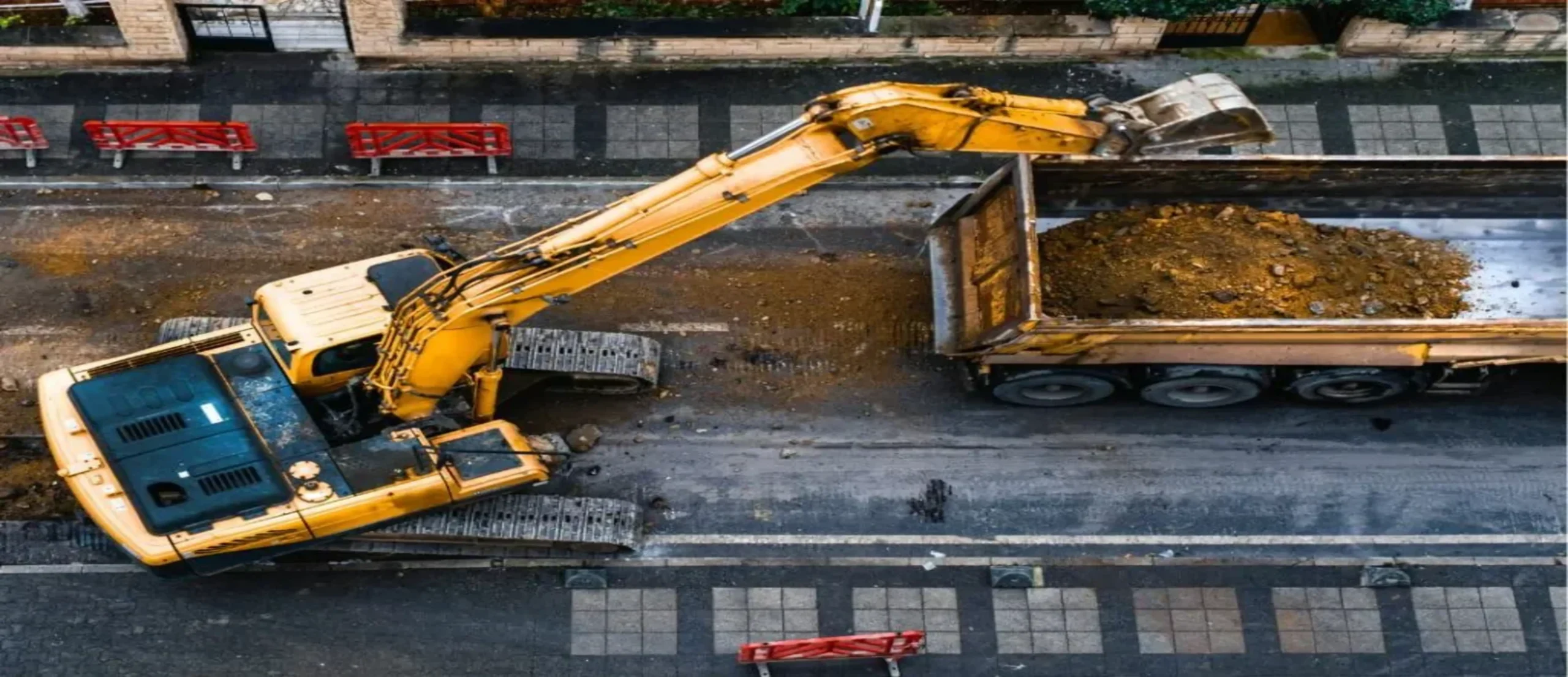Essential Construction Equipment Checklist – TameerEasy Guide
Importance of a Well-Equipped Construction Site
Construction sites need various equipment to function effectively due to their dynamic nature. Having the appropriate tools, whether they are hand tools or heavy gear, can significantly impact a construction project’s success and safety. We’ll review the essential construction equipment checklist in this post to ensure your site has all it needs for success.
Understanding Different Types of Equipment
Heavy equipment and light equipment are the two primary categories into which essential construction equipment can be broadly divided. Large, strong machinery used for hauling, lifting, and earthmoving are referred to as heavy equipment.
Machines like cranes, bulldozers, and excavators are examples of heavy machinery. On the other hand, light equipment comprises more compact, portable tools and machines that are utilized for jobs like scaffolding, mixing, and drilling.
Essential Tools for Every Construction Site
Before discussing certain pieces of equipment, it is important to talk about the fundamental tools necessary for any building site. Hard hats, gloves, and safety glasses are examples of protective gear that is essential for shielding employees from potential dangers.
Power tools like drills, saws, and nail guns offer greater efficiency and precision, while hand tools like hammers, wrenches, and tape measures are utilized for various jobs.
Heavy Equipment Checklist
Excavators: Excavators are multipurpose tools that are necessary for many building projects. They are used to excavate holes, trenches, and foundations.
Bulldozers: Known for their strong blades, bulldozers are essential tools for leveling and clearing land on building sites.
Dump trucks: Around the building site, these big vehicles are utilized to move commodities like dirt, gravel, and garbage.
Cranes: Heavy lifting and equipment transportation to various construction site areas depend heavily on cranes.
Compaction devices: Designed to provide appropriate ground stability and foundation preparation, compactors are used to compact soil, gravel, and asphalt.
Light Equipment Checklist
Jackhammers: A necessary tool for excavation and demolition, jackhammers are excellent for breaking up concrete and asphalt.
Concrete Mixers: An essential tool for many building projects, concrete mixers are used to mix and pour concrete.
Scaffolding: Scaffolding is necessary for jobs like painting, plastering, and roofing because it gives workers a secure and solid platform.
Generators: These dependable power sources can power tools and equipment in places without access to electricity.
Air Compressors: An indispensable tool for many construction activities, air compressors run pneumatic tools like paint sprayers and nail guns.
Equipment Maintenance and Inspection
Ensuring safety and extending the longevity of construction equipment necessitates routine maintenance and inspection. A regular maintenance schedule and adherence to inspection procedures can assist in spotting such problems early on and resolving them before they become more serious and require expensive repairs or accidents.
Renting vs. Buying Equipment
Businesses must consider both renting and buying construction equipment while making this decision. While purchasing equipment offers long-term ownership advantages and customization possibilities, renting equipment can offer flexibility and cost savings for short-term tasks.
Tips for Selecting the Right Equipment
It’s critical to evaluate the project’s needs, consider financial limits, and prioritize quality and dependability when choosing construction equipment. Investing in the appropriate equipment on a building site can increase output, effectiveness, and safety.
Training and Certification
Proper training and certification are essential to guarantee that construction workers operate machinery safely and effectively. Companies must guarantee that employees have the necessary certifications to operate particular types of machinery and offer thorough training programs.
Ensuring Safety on the Construction Site
On building sites, safety ought to be the first concern at all times. To ensure a safe working environment for all employees, companies can implement safety protocols, provide protective gear, and conduct routine safety inspections.
Conclusion
A well-equipped work site depends on any construction project’s success and safety. Construction companies may ensure that their sites are ready to handle any task successfully and efficiently by adhering to this article’s essential construction equipment checklist and prioritizing safety and maintenance.
Frequently Asked Questions (FAQs)
Does my building project require me to buy every piece of equipment on the list?
Your project’s equipment requirements will vary depending on several variables, including the project’s scope, budget, and schedule. Examine your project requirements carefully and rank the necessary equipment in order of importance.
How should I proceed if the equipment I rented has problems?
Contact the rental provider immediately if there are any problems with the equipment you have hired. When necessary, they ought to replace the equipment or offer support.
How frequently should maintenance inspections be performed on construction equipment?
A maintenance schedule should be followed to ensure that construction equipment is frequently inspected. This could be anything from routine daily checks to more thorough regular inspections.
Are there any particular safety rules that apply to using construction equipment?
Yes, specific safety regulations govern the operation of construction equipment. Employers must ensure that employees follow all safety procedures and receive proper training and certification to operate equipment safely.
How should I proceed if I see wear or damage on a piece of construction equipment?
When you see wear or damage on construction equipment, stop using it immediately and inform your supervisor about it. Accidents and injuries may result from using damaged equipment longer than necessary.



